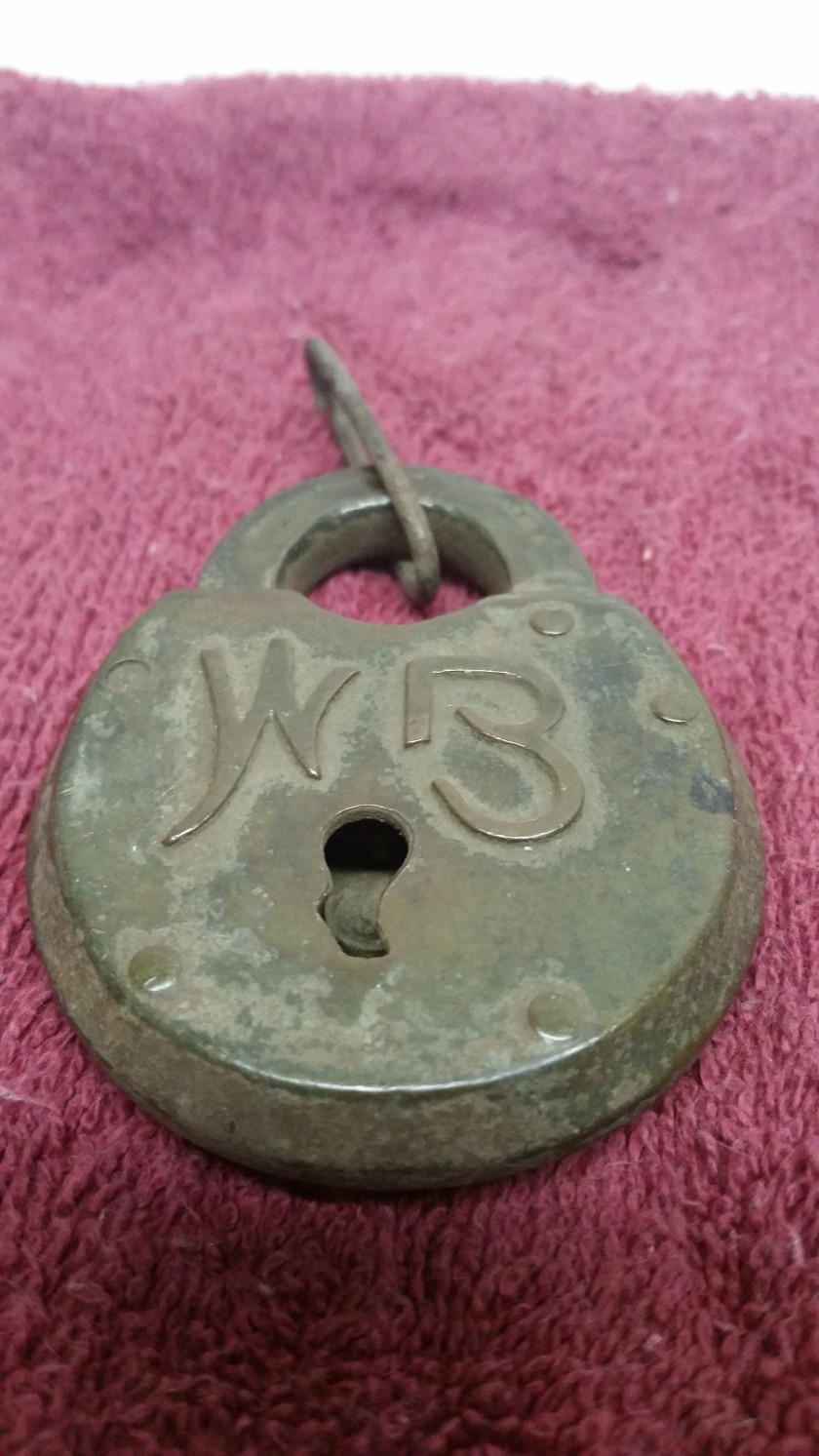Like the Boy Scout motto says: be prepared.
As in, be prepared to take advantage of a break in winter weather to get out and do some metal detecting.
I did that Monday, the day after Christmas, and it paid off. My wife says I’m obsessed with our local weather forecast and, to a point, she is correct; she knows the reason why, too. I’d been paying attention to our local weather reports for a couple of days before Christmas Day, seeing that the twenty-sixth might produce an opportunity to break out the AT Pro and head for an abandoned farm I’d been hunting. Christmas night, before heading for bed, the weatherguessers said we’d have intermittent rain showers the next day, with high temps reaching the low 60s.
Key word: intermittent. It was like going to bed on Christmas Eve all over again.
As is customary, I was up at 0430 hours; the first thing I did after getting the coffee pot going was to look at the weather on my smarter-than-me phone. The hourly forecast said the rains wouldn’t arrive until around 1100 hrs. This being late December, though, it wouldn’t be light enough to hunt until around 8 am or so, leaving me a three-hour window to squeeze one in…. if the forecasters were right.
It does happen occasionally.
My bride, who doesn’t arise at 0430, knew I was preparing to go detecting even before I donned my outdoor clothes when she got up at 0730. She could tell by my giddiness.
“Got a good forecast, huh?”, she said as she sipped her Tim Horton’s black gold, a twinkle in my redhead’s green eyes.
“Yep. If they’re right I have a three-hour window at worst; at best, 5 hours.” I check multiple weather sites on the internet and it’s not uncommon for their forecasts to be divergent.
I dressed, loaded up the GMC with my gear, kissed my wife and took off for my spot, which is about ten minutes away. The sun had broken through the low, scudding clouds a few times but, for the most part, it was overcast. That didn’t matter; it was late December, headed for sixty degrees and I was out metal detecting.
Five minutes after turning my Garrett on, I dug my first target: a wheat cent, which for some reason I love. Not a bad start, especially since I found it in the area where the drive used to be; on three prior visits, I’d hit that section of the property pretty hard.
I intended to head for a wooded area, about fifty yards from the house, knowing the ground would still be frost-free there, and I was right. Along the way I dug a few targets, finding four handgun bullets, mystified by their reddish color. Once inside the treeline, though, I found it a little tough-going; there were numerous thorn bush clusters which I had to work around, wondering how many targets I’d be missing as I did so.
At the base of one of the larger trees ( we always hit the base of large trees, don’t we? ) my AT delivered a high pitched tone, reading out between 85-90; digging it, I uncovered a copper cylindrical object…the metal base of an old, glass door knob. Unfortunately, after cleaning it, I discovered there were no markings on it. I put it in one of the leg pouches of the blue BDUs I wear when scanning in a wooded area. The thicker material helps keep those thorns from penetrating the cloth and impaling my legs.
I dug a few more bullets and trashy targets, working my way to an area directly west of the farm house, about a hundred yards away. By this time it was about 1015 am.
And it started to rain.
I hate hunting in the rain. Excavations turn into mud holes. Plus, the stock headphones I was using weren’t waterproof and I didn’t want to ruin them. Time to head for the truck, realizing that, once again, the weatherguessers had been wrong by 45 minutes, in the ‘worst-case’ forecast.
When ending a hunting session, I always keep my metal detector on while walking back to the truck; you just never know when you just might hit that one target signal.
That would prove to be the case today.
While still inside the treeline I hit on a high-toned target, believing it would probably be an aluminum object. I dug down about four inches, checked the hole with my pin pointer and discovered the target was already out. Glancing at the clump I’d removed, I saw it: a rounded silver edge!
Plucking it from the dirt, I brushed it off a little and saw that I’d recovered a Standing Liberty Quarter! Donning my reading glasses, I was pleased to see a date: 1923! The last SLQ I’d dug was worn smooth where the date is stamped, and I’d watched a few videos on YouTube showing that to be a common condition.
I filled the hole back in and trudged the distance to my truck, satisfied with this abbreviated, damp session and knowing I’d be back in those woods the next time we were due for a break in the weather.
Maybe next week? In Ohio, you just never know.



